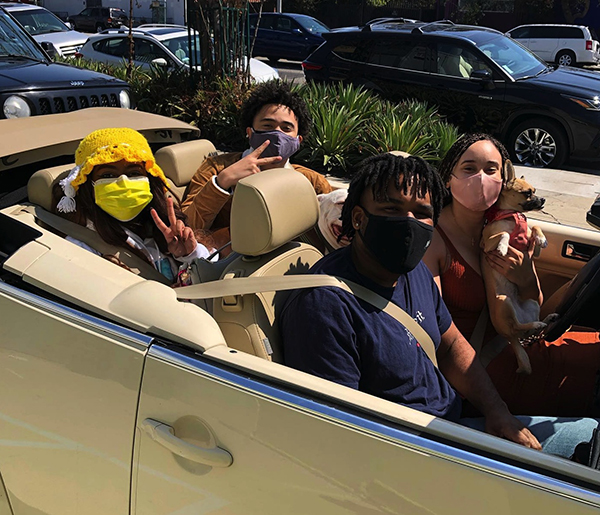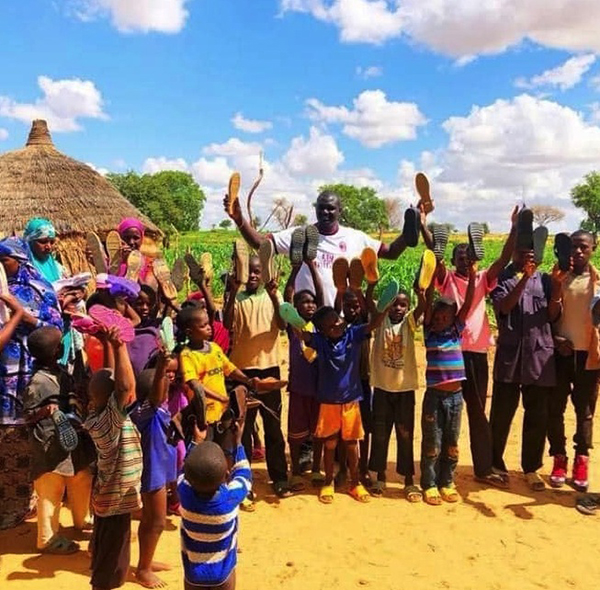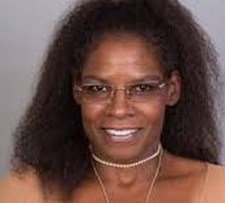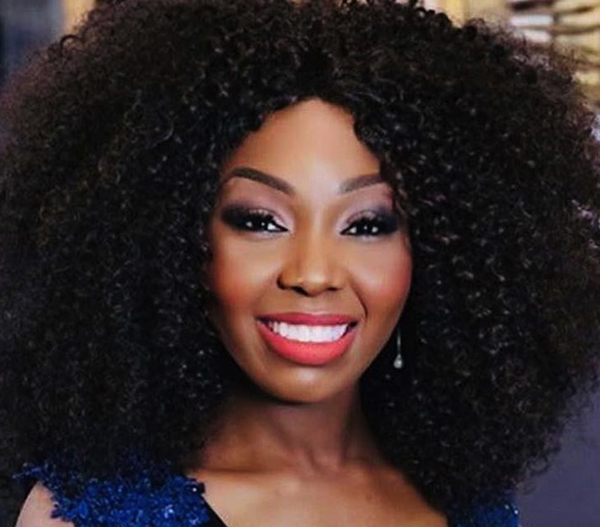By Darlene Donloe
Contributing Writer
The Children’s Action Network is in the business of changing children’s lives.
Using the power of the entertainment community, the 30-year-old organization increases awareness about children’s issues and makes them a top priority in everyday life.
Children’s Action Network (CAN) believes there is a place for every child and is currently dedicated to raising awareness about and finding homes for the more than 100,000 children in foster care in the United States who are waiting for an adoptive family while improving outcomes for the more than 400,000 children in foster care.
The organization was founded by six families who worked in the entertainment industry and cared about children and improving their well-being.
Jennifer Perry has been the executive director of the organization for 30 years or as she jokingly puts it, “since dinosaurs roamed the earth.”
Before CAN, she tutored children at Head Start and worked on Capitol Hill because she’s always been “public-minded.” She then went to work for legendary television writer Norman Lear before she reached a “point of transition.” When she became a part of CAN, she knew it was where she belonged. The organization couldn’t have a more enthusiastic cheerleader.
“Our mission is to shine a light on issues that have a broad impact on the well-being of children,” said Perry, a married mother of two.
While CAN increases the awareness of issues like immunization, the bulk of its work is focused on foster care.
“About 20 years ago, foster children were living in the shadows,” Perry said. “There was a whole community of children that people weren’t aware of when it came to adopting from foster care. People were more aware of private and international adoptions.
“It’s important to raise awareness about this. One of our first initiatives was a television show called, ‘A Home For The Holidays.’ It undergirded a lot of our work.”
‘A Home For The Holidays’ is designed as a celebration of foster care adoption.
It’s an annual special, which airs on CBS in December. It features musical performances and celebrities presenting inspirational stories about families that have come together through foster care adoption.
Perry said its purpose is to raise awareness about adoption about foster care and to inspire potential adoptive parents to get more information about youth in foster care who are waiting for a family of their own.
The show, which has aired on CBS for 21 years, has provided a call to action for more than 100 youth in foster care, with a more than 60% success rate moving the children toward adoption.
“We combine musical performances with foster care,” said Perry, who was a foster parent. “By year eight, we knew we were making an impact. We placed 60% of our kids that year.
“We started to tell the stories of families who watched and then decided to adopt. It has been so rewarding. We planted a seed. We have continued the show because the need continues.”
Perry said “A Home for the Holidays” is one of her favorite moments.
“We had Stevie Wonder the first show,” she said. “He transformed the room. “We’ve had Mariah Carey, Faith Hill, Jaime Foxx, Bruce Willis and Maroon 5. It’s been a tremendous group of people. The show has continued and succeeded with the generosity of the performers.”
She added that there are high-profile political leaders like U.S. Rep. Karen Bass, Los Angeles County Supervisor Holly Mitchell and Gov. Gavin Newsom who all support CAN’s efforts.
“They are all cognizant of the important work we do,” Perry said. “We appreciate their continued support.”
In addition to “A Home For the Holidays,” CAN has a number of different projects including SantaCAN, now in its sixth year. It allows approximately 1,000 children in foster care in Los Angeles County to create a wish registry, similar to a bridal or baby shower registry, where interested shoppers can buy the desired gift for a specific child.
There is also a project called FosterMore, which is an awareness campaign to chip away at the stigmas around youth and care.
Perry emphasizes that foster children are like every other child.
“It’s about telling people the story of the youth,” Perry said. “They are resilient. They are just like any other children. People make assumptions about foster youth. They are foster children through no fault of their own. They just need stability.”
Perry points out that there have been many successful individuals that have grown up in foster care including Michael Oher, Eddie Murphy, Colin Kaepernick and Tiffany Haddish; all proof that talented, successful and “hardworking foster children are out there” waiting for their chance.
“They’re full of potential, and it’s contingent on us to help them realize their potential,” Perry said.
Speaking of potential, statistics show that 70% of youths in foster care want to pursue higher education, only 15% will attend, and only 3-4% percent do go to college.
“They are usually behind their peers in academic achievement,” said Perry, who studied English at Yale. “It’s a combination of low grades and no money. No safety net. They are constantly moving to different schools. Their records haven’t been moved. Then they have to deal with the financial resources and challenges from being in foster care.”
Perry said there are a number of preconceived notions about foster youth.
“They think the apple doesn’t fall far from the tree,” Perry said. “They are scared of them. So few people have a connection with youth in foster care. We want to accomplish and transform it to — ‘You were in foster care? You must be incredibly resilient. What is the help that you need? It’s so amazing you’ve gotten this far.’ That’s what we want to happen.”
According to statistics, 52% of foster youth are male, 48% female; 22% are Black, 22% are Hispanic and 44% are white. About 31 months is the average length of stay in foster care and 34 months is the average wait time for adoption.
There are 27,000 foster youth in Los Angeles of which, 9,000 are Black.
“We’re looking to address that issue,” Perry said. “It’s so disproportionate. There are numerous things that need to change. When African Americans go into foster care, they stay longer. The outcomes are worse.”
There is always a need for foster parents. For those who go through the training but aren’t quite ready to have a child in their home full time, Perry said there is a Respite Care program.
“When you do respite care, you can take a child for a weekend and give foster parents a break,” said Perry, who went through the training with her husband of 29 years. “We were the weekend adoptive parents of two girls. We met them when they were 5 and 7 years old. They came to live with us when they were 6 and 8 years old. We adopted them at 8 and 10. We gave them a childhood. We taught them how to do things like ride bikes. We gave them normalcy.”
There is also a need for court-appointed special advocates who undergo 40 hours of training.
Perry promises that the foster parent program is open to everyone.
“Anyone who has good in their heart,” she said. “They can be single, gay, older, or live in an apartment as long as they have the desire and the time. It’s open to anyone who has the heart and the desire.”
“Making a Difference” is a weekly feature profiling organizations that are serving their communities. To propose a “Making a Difference” profile, send an email to newsroom@wavepublication.com.
Darlene Donloe is a freelance reporter for Wave Newspapers who covers South Los Angeles. She can be reached at ddonloe@gmail.com.













